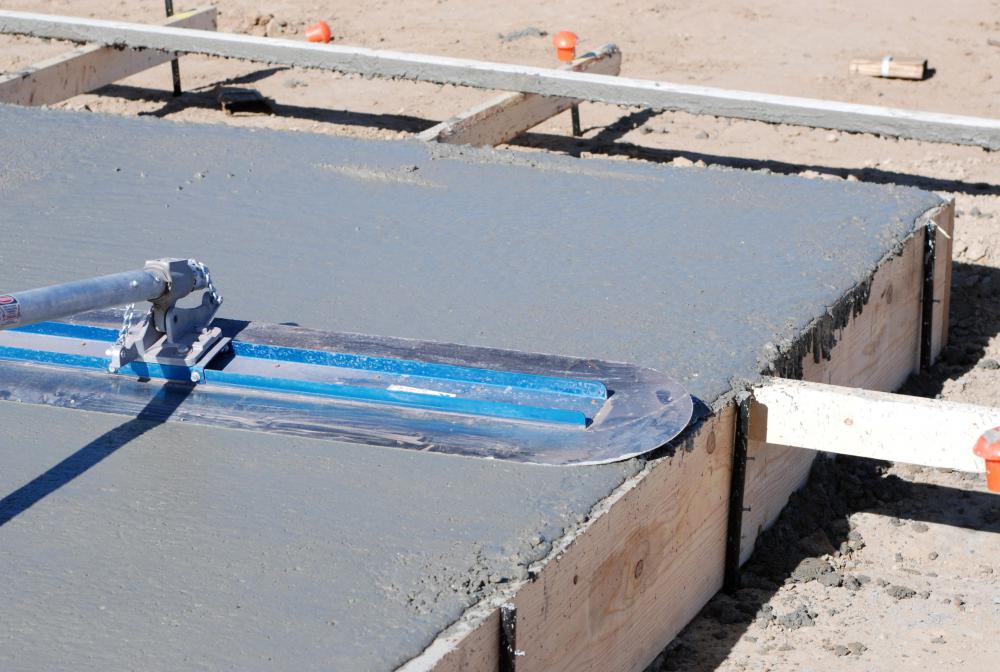

Otherwise, there is a risk that full commercialization of the technology will be as slow, in its own way, as that of fixed-bottom offshore wind. There needs to be a step change in the way the industry believes floating wind systems should be built and supplied to the market. Standardizing ready-to-float wind turbines will reduce unit costs and create a supply of units to the market that will drive down the costs of installing floating wind turbines and facilitate a shorter installation schedule for offshore wind project construction - helping the world reach its net-zero commitments. By focusing only on the assembly process, the needs of the supply chain, the site of the assembly facility and quay, it will be possible to deliver a floating wind turbine with better quality, faster and cheaper. Standardized, bankable unitsĪ standardized production system that assembles ready-to-float-wind turbines will need to build supply agreements with wind turbine and floating foundation OEMs. Developers and their construction teams will be able to collect floating wind turbines “off the lot” at the harborside and tow them into position, reducing costs associated with surveying, construction and installation, which can be more than 13% of wind farm LCOE. To reduce costs, the industry needs to apply lean manufacturing techniques all the way through to the end of the value chain.Īpplying lean manufacturing and just-in-time supply chain principles to develop a ready-to-float turbine for the offshore wind industry will create an off-the-shelf product that developers can rely on. Instead, a batch production approach, which only delivers wind turbines to order, actually slows down turbine production, limits availability, and pushes up costs. Our industry currently abandons this approach at the stage of turbine assembly and construction. These are all techniques applied to components and finished products up and down the value chain that reduce costs and make end-products cheaper and more popular. As an advanced manufacturing sector, many of the components in turbines come from suppliers experienced, and expert, in mass manufacturing, lean manufacturing and just-in-time delivery. Offshore wind energy needs to take a broader view of what it can do to reduce the cost of wind farm construction. But, for floating offshore wind to move down this path at a faster rate, new and innovative approaches will be needed to transform the logistics of wind farm development and construction. Fixed-bottom offshore wind farms have followed a path that has seen costs gradually fall over time as industry skills and experience have built up. While floating wind has many advantages as a renewable energy solution, if the industry continues with a bespoke project-by-project attitude to building offshore, it will struggle to realize them in the face of uncompetitive costs. In effect, each offshore wind farm is a prototype project, each with its own expensive solution. As a result, all this bespoke activity pushes up costs, meaning the capital pool can only reach so far.

Each solution needs to be reviewed, revised and approved by a round of consultants to reassure lenders and financiers of the soundness of a project investment. The obstacles to building offshore efficiently compound each other, as different locations bring their own challenges and require unique engineering solutions. Licences, bankability and the capital pool will all play a role in how quickly floating offshore wind can reach commercialization. But for offshore wind, and floating in particular, deployment timelines and costs are not only driven by engineering experience. Time and experience have brought the per unit cost of building fixed-bottom offshore wind farms down significantly in recent years. And when commercial floating wind arrives, sometime near the end of this decade, the UK’s offshore renewable energy development agency (ORE Catapult) expects the weighted average cost of capital to still be 30% higher than for fixed-bottom offshore farms. As it stands, floating offshore wind farms have a levelized cost of energy (LCOE) of more than three-times that of fixed-bottom wind farms. The world’s first gigawatt-capacity floating offshore wind farm remains a little way off, but advances across the industry are bringing it ever closer. By Robert Speht, CEO and co-founder of FloatWind Ltd


 0 kommentar(er)
0 kommentar(er)
